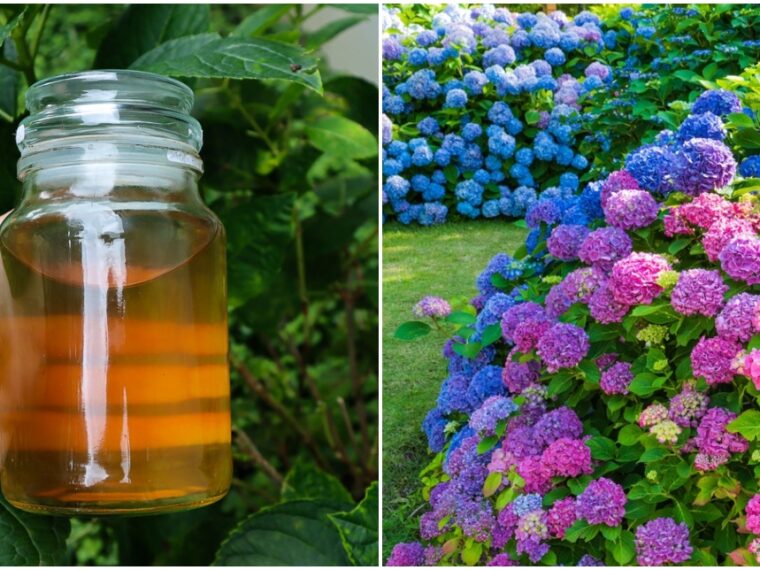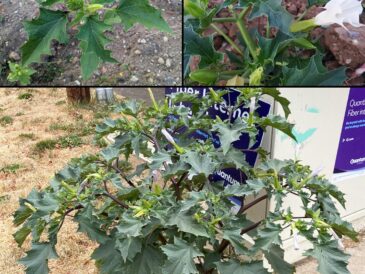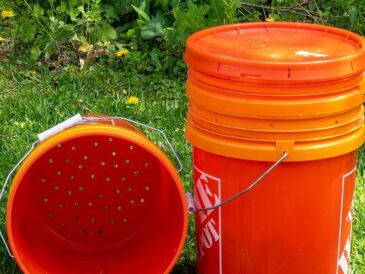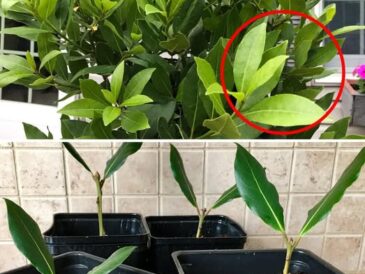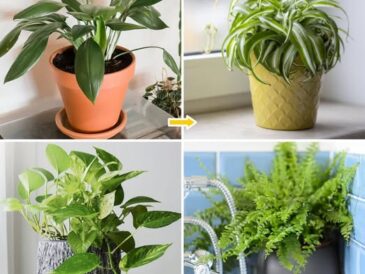To achieve impressive summer blooms for your hydrangeas, targeted fertilization is essential. Here’s how to properly nourish these beautiful plants to get the most vibrant and plentiful flowers each season.
1. Test the Soil pH
- Hydrangea Needs: Hydrangeas generally thrive in soil with a pH between 5.5 and 6.5. Knowing your soil’s acidity can help you adjust fertilization strategies for better growth.
- Color Control: For bigleaf hydrangeas (Hydrangea macrophylla), the soil pH can also influence bloom color. Acidic soils (pH 5.5 and below) tend to produce blue blooms, while more alkaline soils (above 6.0) yield pink blooms. You can adjust soil pH gradually using amendments like garden lime (for pink) or aluminum sulfate (for blue).
2. Choosing the Right Fertilizer
- Balanced Nutrients: A balanced 10-10-10 NPK (Nitrogen, Phosphorus, Potassium) fertilizer works well for hydrangeas, providing essential nutrients for overall growth and flowering.
- Enhanced Blooming: For larger, showier flowers, opt for a fertilizer with a higher phosphorus content, like a 10-20-10 blend, which supports flower formation. Organic slow-release fertilizers, often made for flowering plants, can be ideal since they release nutrients gradually, promoting long-term health.
3. Optimal Fertilization Schedule
- Early Spring: As hydrangeas come out of dormancy, apply the first round of fertilizer to boost initial growth and prepare for the flowering period.
- Late Spring to Early Summer: Fertilize again in May or June to encourage bud development and enhance flowering quality before the peak summer bloom.
- Mid-Summer: A final light fertilization in early July strengthens the plant for sustained blooming. Avoid fertilizing after July to allow the plant to transition smoothly into fall dormancy without soft new growth vulnerable to frost.
4. Applying Fertilizer Effectively
- Spread Evenly Around the Base: Apply fertilizer around the plant’s “drip line” (where water would drip off the outer edges of leaves), where feeder roots are located.
- Water After Application: After spreading the fertilizer, water thoroughly to help nutrients penetrate the soil and prevent potential root burn. This step ensures the plant absorbs the nutrients effectively, avoiding clumping or drying of fertilizer around the roots.
5. Additional Tips for Optimal Blooms
TO CONTINUE READING THE ARTICLE PLEASE SEE PAGE 2
Pages: 1 2
